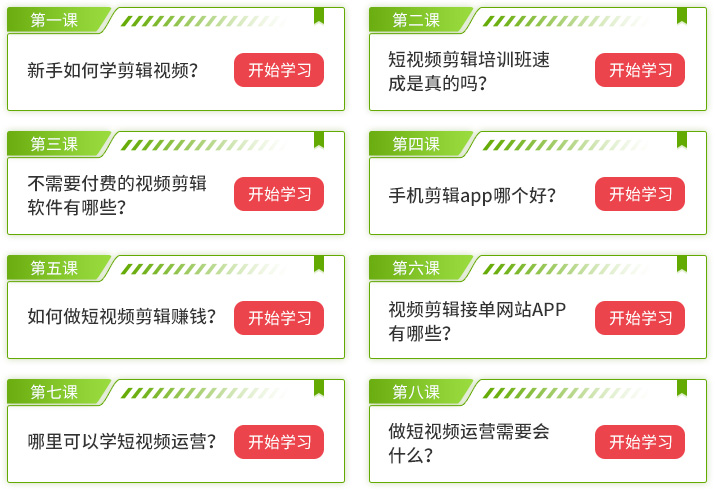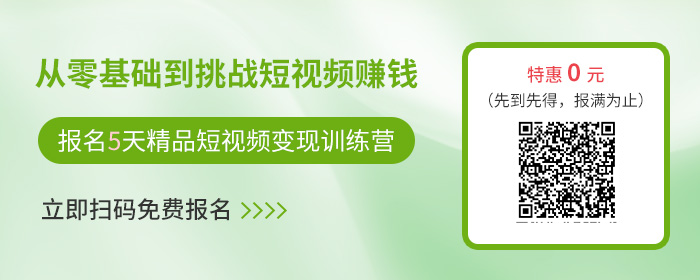在数据分析中,我们经常需要对字符串进行操作,如拆分、合并、替换等等。而在Pandas中,Series中的str属性提供了一系列字符串操作方法,包括repeat方法。那么,Series中str属性repeat方法如何使用呢?本文将从以下几个角度进行分析。
一、方法介绍

repeat方法用于将每个字符串重复n次,并返回一个新的Series对象。其语法为:
Series.str.repeat(repeats)
其中,repeats为重复次数,可以是一个整数或一个Series对象。
二、使用示例
下面通过几个示例来演示repeat方法的使用。
1. 重复一个字符串
首先,我们可以使用repeat方法将一个字符串重复n次。例如,将字符串“hello”重复3次:
```python
import pandas as pd
s = pd.Series(['hello'])
s_repeat = s.str.repeat(3)
print(s_repeat)
```
输出结果为:
```
0 hellohellohello
dtype: object
```
可以看到,新的Series对象中的字符串被重复了3次。
2. 重复多个字符串
如果我们需要重复多个字符串,可以将它们放在一个Series对象中,再使用repeat方法。例如,将Series对象['hello', 'world']重复2次:
```python
s = pd.Series(['hello', 'world'])
s_repeat = s.str.repeat(2)
print(s_repeat)
```
输出结果为:
```
0 hellohello
1 worldworld
dtype: object
```
可以看到,新的Series对象中的字符串被分别重复了2次。
3. 重复不同次数的字符串
如果我们需要重复不同次数的字符串,可以将重复次数放在一个Series对象中作为参数传入repeat方法。例如,将Series对象['hello', 'world']重复1次和2次:
```python
s = pd.Series(['hello', 'world'])
repeats = pd.Series([1, 2])
s_repeat = s.str.repeat(repeats)
print(s_repeat)
```
输出结果为:
```
0 hello
1 worldworld
dtype: object
```
可以看到,新的Series对象中的第一个字符串被重复了1次,第二个字符串被重复了2次。
4. 重复空字符串
如果我们将一个空字符串重复n次,得到的结果也是一个空字符串。例如,将空字符串重复3次:
```python
s = pd.Series([''])
s_repeat = s.str.repeat(3)
print(s_repeat)
```
输出结果为:
```
0
dtype: object
```
可以看到,新的Series对象中的字符串为空字符串。
三、应用场景
repeat方法可以用于一些特定的场景,如下面几个例子。
1. 生成重复字符串
如果我们需要生成一个重复的字符串,可以使用repeat方法。例如,生成一个由10个“-”组成的字符串:
```python
s = pd.Series(['-'])
s_repeat = s.str.repeat(10)
result = ''.join(s_repeat)
print(result)
```
输出结果为:
```
----------
```
可以看到,repeat方法帮助我们快速生成了重复的字符串。
2. 生成分隔符
在数据分析中,有时我们需要生成分隔符,如逗号、分号等。repeat方法可以用于生成这些分隔符。例如,生成一个由5个逗号组成的字符串:
```python
s = pd.Series([','])
s_repeat = s.str.repeat(5)
result = ''.join(s_repeat)
print(result)
```
输出结果为:
```
,,,,,
```
可以看到,repeat方法帮助我们快速生成了分隔符。
3. 生成数据字典
在一些场景中,我们需要将数据转换成字典格式。repeat方法可以用于生成数据字典中的键。例如,将Series对象['A', 'B', 'C']重复3次,并将结果转换成字典:
```python
s = pd.Series(['A', 'B', 'C'])
repeats = pd.Series([3, 3, 3])
s_repeat = s.str.repeat(repeats)
keys = s_repeat.tolist()
values = [1, 2, 3, 4, 5, 6, 7, 8, 9]
result = dict(zip(keys, values))
print(result)
```
输出结果为:
```
{'AAA': 1, 'BBB': 2, 'CCC': 3}
```
可以看到,repeat方法帮助我们快速生成了数据字典中的键。
四、总结
本文介绍了Series中str属性repeat方法的用法,并通过几个示例演示了如何使用该方法。同时,本文还列举了repeat方法的几个应用场景,包括生成重复字符串、生成分隔符和生成数据字典。总的来说,repeat方法是Pandas中一个非常实用的字符串操作方法,可以在数据分析中帮助我们快速完成一些任务。

